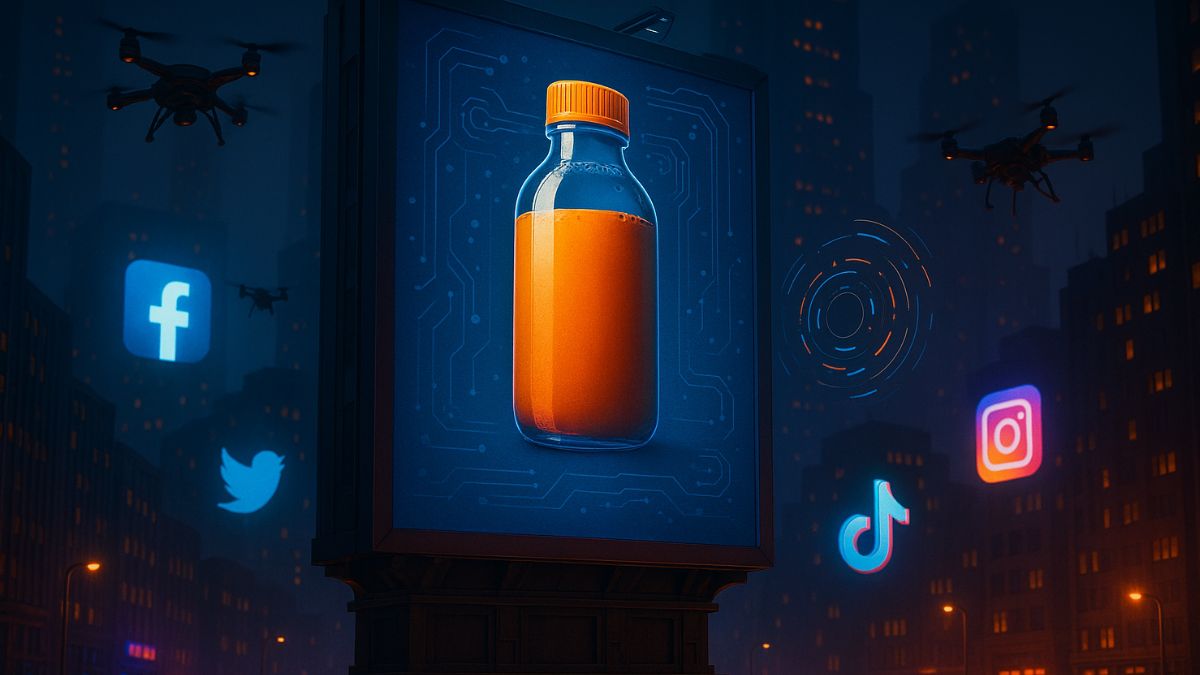The roaring dinosaurs in Jurassic Park and the breathtaking space battles in Avengers owe a lot to digital magic, especially CGI and VFX. They are integral parts of modern-day filmmaking, ads, and marketing content. CGI and VFX bring imagination to life, expanding the horizon for visual storytelling.
While both are used to enhance the visual outputs, there is a significant difference between the two. Each of them serves a specific purpose and has its own pros and cons.
Today’s blog highlights the difference between CGI and VFX for a deeper understanding of the two processes and their use, so keep reading until the end.
What is CGI?
CGI stands for Computer-Generated Imagery. It refers to images that are created entirely using computer graphics—for example, 3D models, animated environments, characters, and even objects.
CGI is particularly used to create concepts and elements from scratch. It can be static or dynamic and make use of 2D or 3D models. Advancements in Computer-Generated Imagery allow for unrealistic details to the T, for instance, the skin of the character and the movement of water. It allows for realistic and immersive visual experiences.
When Do We Use CGI?
CGI is used to:
- Create non-existent or imaginary objects.
- Design animated films and characters like Toy Story
- Build digital doubles of actors for stunts or de-aging
What is VFX?
VFX, short for visual effects, refers to the process of integrating digital effects into live-action footage. The use of VFX is typically for scenes that are impossible or extremely challenging to create in real life. It integrates live-action footage and computer-generated imagery elements to create realistic imagery. In the actual world, creating these scenes would be dangerous, expensive, extremely time-consuming, or impossible.
There are a variety of techniques that fall under the broad umbrella of VFX. Some of these include:
- Special effects refer to illusion or magic tricks used to simulate fictional events in a story or virtual world.
- Motion capture is the process of recording the movements of objects or people and using them to animate digital characters.
- Matte painting helps to create an illusion of an environment that is absent at the filming location.
- Animation refers to the manipulation of figures to appear as moving images.
- 3D modelling supports the development of a mathematical representation of an object’s surface in 3D.
So technically, CGI is a part of VFX.
When Do We Use VFX?
VFX is of use when you want to:
- Merge real footage with CGI to create seamless and believable scenes
- Add explosions or weather effects
- Remove unwanted objects from the background
- Create virtual sets
Difference Between CGI and VFX
Now that you’ve understood what CGI and VFX are, let’s take a look at the nuanced difference between CGI and VFX.
1. Importance of Timing
One of the first basic differences between CGI and VFX is the timing.
CGI elements are created independently. It does not rely on real-time interaction with live footage. As a result, animators have more flexibility in designing and adjusting the scene at any time.
In comparison, VFX relies heavily on timing. It involves syncing multiple digital effects. Thus, knowledge of when and where an effect will appear is important as it helps to maintain realism.
2. Use of Software and Tools
CGI does not always require advanced tools because compositing is not necessary unless you are integrating with live footage. As a result, 3D modelling and tools are enough.
VFX uses advanced software for visual editing and compositing, as it often involves layering CGI elements over live-action footage.
3. Cost Considerations
CGI is cost-effective. Once you create an asset, you can reuse or modify it as per your liking. You need not start from scratch, thus saving time, money, and effort.
VFX requires the user to follow multiple steps, like shooting real footage, integrating CGI, color grading, compositing, etc. This means there will be different departments and more manpower in place. This increases overall production costs.
4. Flexibility Post-Production
CGI offers full flexibility. You can alter every visual element after the initial rendering. As a result, there’s no need to redo full scenes. VFX offers limited scope for change once the primary shoot is done. Your edits need to work within the constraints of the existing footage.
Quick Overview
Here’s a quick overview of the difference between CGI and VFX.
| CGI | VFX |
| Stands for Computer-Generated Imagery | Stands for Visual Effects |
| Timing has a relatively less significant role to play | Timing is integral to the entire process |
| Does not usually require a special editor | Requires a special video editor |
| Saves a lot of money since assets are reusable | Assets once produced cannot be reused. Thus more costly than Computer-Generated Imagery |
| Changes can be made to the primary elements | Changes are limited once the primary footage is shot |
Conclusion
The difference between CGI and VFX is rather significant. They each serve different purposes and are changing the way filmmaking operates. While CGI is the building block, VFX is the architect that pulls it all together! The former creates the pieces, while the latter blends them into a scene.
Visit Ground Work today to get the best CGI solutions to make your visuals more engaging and deliver maximum ROI!



